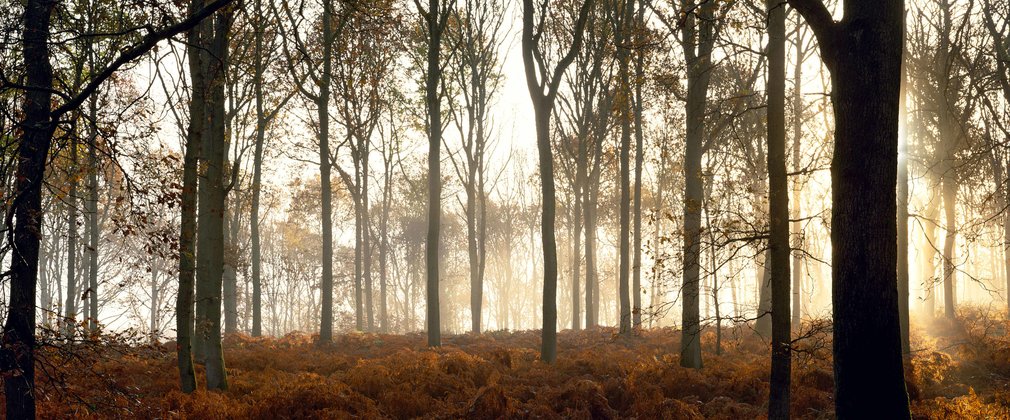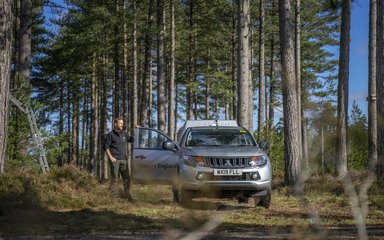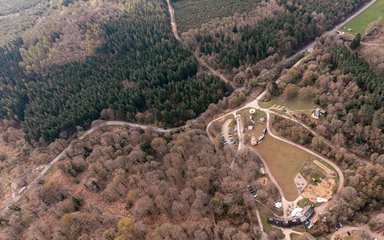The Forest of Dean is a historic forest with its origins as a royal forest pre-dating the Norman Conquest of 1066. The Forest has been historically isolated and bypassed, sitting as it does between the Rivers Severn and Wye, on the border of England and Wales.
The Forest has long been used for its timber as well as its rich mineral resources of iron ore, sandstone and coal. While the industrial nature of the Forest was at its height during the late 19th and early 20th Century, quarrying of stone and timber production are still important aspects of the local economy today. The Forest is scattered with a rich legacy of built heritage, ranging from scheduled monument remains of iron works and furnaces through to hundreds of mine entry points and miles of disused tramways and railways.
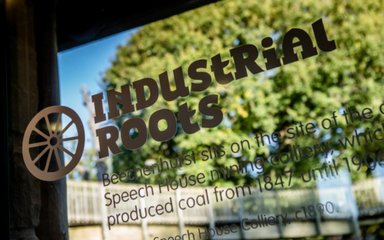
The Forest was the first National Forest Park, designated in 1938. Tourism has slowly developed, but has only recently become economically important for the area, with significant growth in employment in the cycling and overnight accommodation sectors.
Many of our recreation sites today sit on the site of old mines, the legacy can be felt in some of the smaller details at these locations.
The Forest is also a stronghold for nature, with large areas of woodland and open space providing a mosaic of habitats for a range of species. Of particular note are the colonies of Greater and Lesser Horseshoe Bats, the largest colonies of these bats in Europe. The Forest is also well known for its woodland and heathland birds and invertebrates.
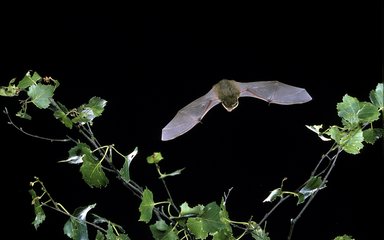

A Foresters' Forest
Between April 2017 and March 2022, a National Lottery Heritage Fund Landscape Partnership programme 'Foresters' Forest' was delivered between formed from an association of partner organisations and local community groups within the Forest of Dean.
The aim, to raise awareness and participation in the built, natural and cultural heritage of the Forest of Dean.
"Th’varest is ower wum which is weshed by them there rivers and vur zum time the varester allus kips izzelf to izzelf. Varum th stwuns, oods and ‘ills of these yer varest the varester byunt afeared of workin vur therzelves. We bin proud to zarve our varest land which is zo zed part of thic country of long eared uns, we byunt welsh either, we be varesters." Forest Dialect - Derek Yemm

